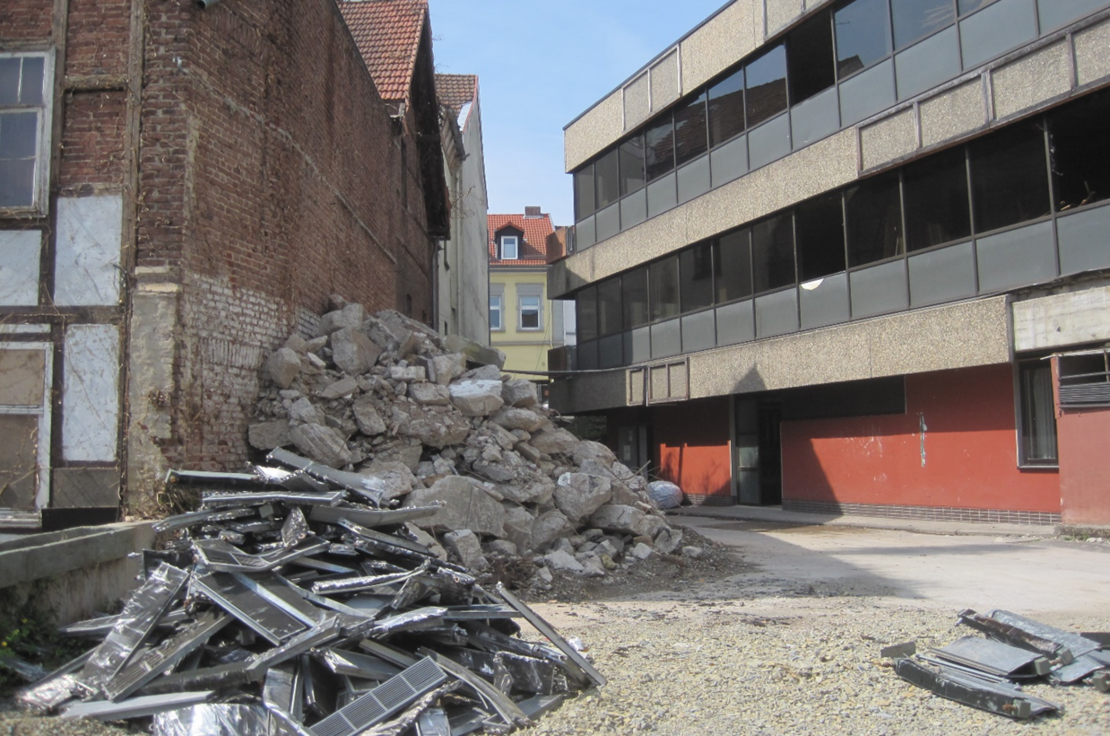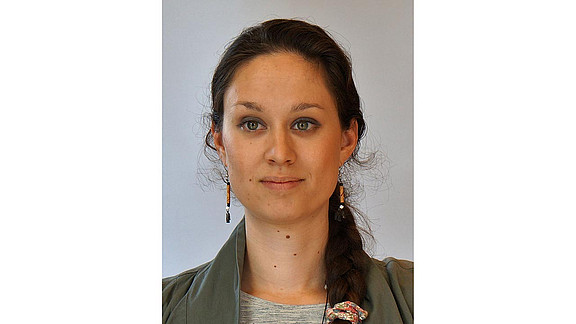LeitRess
Development of guidelines, scientific support for a concept and training measures on resource-efficient and circular planning and construction (focus on building construction)

Background
It is not only the growing cities in China, where new buildings are being built at shorter intervals, but also the current standards of Western architecture, which contribute significantly to the global resource consumption. In Hesse alone, more than 30 million tonnes of mineral raw materials are extracted each year, which represents a considerable pressure on the natural environment and is associated with significant environmental impacts, such as destruction of natural vegetation and impairment of the local hydrology. At the same time, more than 15 million tonnes of mineral construction waste are produced annually, while available disposal capacities are decreasing.
Due to the accumulated material quantities in infrastructures and the relatively high proportion of recyclable materials in buildings, the so-called urban mine represents a relevant material potential, which efficient and sustainable management can contribute significantly to the conservation of natural resources. For the building sector, the concept of urban mining, with the use of material from old buildings and the introduction of close product cycles, provides an important approach to environmental protection.
In urban mining, the materials that have been used in infrastructures and buildings are systematically analyzed, recovered and returned to the economic cycle as high-quality recycling and secondary building materials in the sense of a circular economy. In this way, natural resources can be conserved and material efficiency in the construction sector can be significantly increased.
Objective
The Hessian Resource Conservation Strategy stipulates that resource conservation should be promoted through model projects in the building sector, as one of the most resource-intensive sectors of the economy. As a basis for this, practice-oriented guidelines for resource-efficient and circular planning and construction are being developed in the LeitRess research project. The guidelines focus on building construction. On the one hand, they are intended to establish environmentally friendly and resource-conserving construction methods for state-owned and municipal buildings. On the other hand, they are also intended to show the relevant participants such as architects, planners and building owners which concrete possibilities for action are already available in building practice today in order to plan and construct buildings in a circular and resource-efficient manner. To take into account the requirements for resource-efficient buildings from practice, the University of Kassel is cooperating with selected Hessian companies from the construction industry in the preparation of the guidelines.




